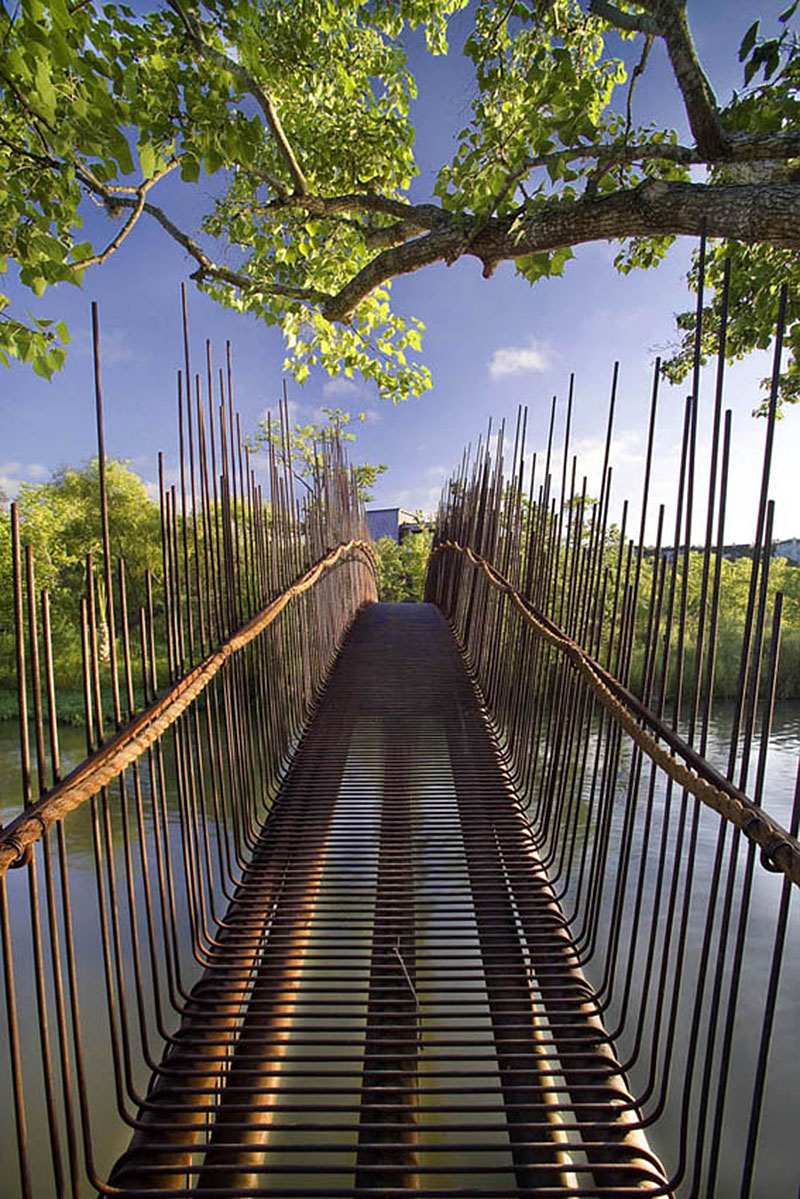

Fun activities throughout add an interactive element, with step-by-step instructions for science experiments and a design-your-own-structure activity. The incredible structures in this book prove that nature and architecture are perfect partners! Sidebar biographies tell us more about these famous architects who have used nature to spectacular effect in their designs. Other examples show how nature provides artistic inspiration, like the famous buildings designed by Frank Gehry that evoke the beauty of moving fish. In some instances, architects looked to nature to solve structural problems, like creating an earthquake-proof bridge by mimicking the long roots of a type of grass known for stabilizing riverbanks. Book Synopsis From cactuses to birds wings, termite towers to honeycombs, this book celebrates more than thirty examples of natures influence on building and bridge designs all over the world. Includes step-by-step instructions for science experiments and a design-your-own-structure activity. Sidebars profile famous architects who have used nature to spectacular effect in their designs. Even if you're not a fan of tech, this is different.About the Book This book celebrates more than 30 examples of natures influence on building and bridge designs all over the world. Mom, Dad, an uncle, and a cousin are all engineers, all involved in creating or fixing things.


But in "Earth-friendly Buildings, Bridges and More," technology is portrayed as a good thing. First some guy is messing around with creating life, and the next thing you know, dinosaurs are coming back and eating people. I've read that The China Syndrome was a turning point in how science was perceived by the public in the '70s, that technology would lead to very bad things. The 1950's were filled with movies about science gone amock. Technology has had a bad rap for many years now. This is important because it helps to explain why building takes so long and is so expensive. It gives readers a good idea of the number of people, the variety of engineers, for instance, necessary just for the planning of a big construction project. It's as if technology is working with Earth, not against it. While there is certainly content related to large buildings being made more green, there's also material about designing buildings to withstand earthquakes and storms.

Among the things I liked about "Earth-friendly B, B and M": Though this is a nonfiction work, the basic premise is that an imaginary girl has been traveling with her engineer parents, and we are reading her scrapbook. Nonetheless, this is quite a marvelous book about the work that goes into building a variety of structures and how many of them are being built greener. Not every page of "Earth-friendly Buildings, Bridges and More" contains Earth-friendly content.


 0 kommentar(er)
0 kommentar(er)
